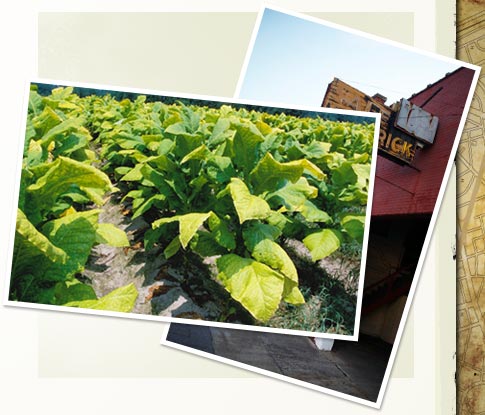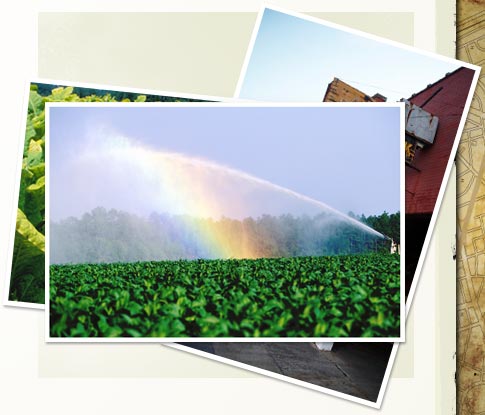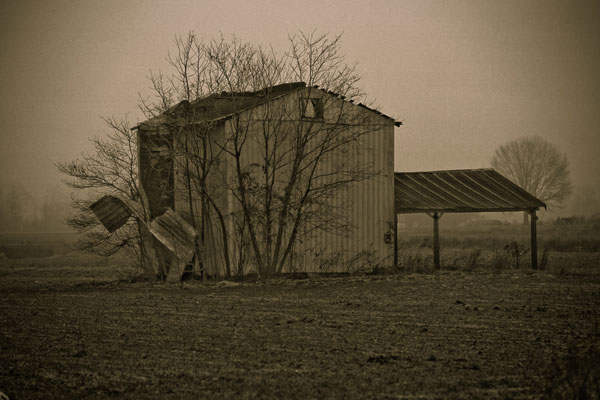

o create a regional heritage marketing initiative which will provide a vehicle for neighboring communities to jointly market the historical, cultural and nature-based assets of their respective areas in a combined effort with the end result of preserving, conserving and celebrating the cultural heritage of agriculture and tobacco and its impact on the regional economy.


rior to planting tobacco, rows were bedded up for good drainage. Fertilizer was placed by mule drawn application.
Until the 1990's, tobacco transplants were seeded in plant beds. Tobacco seed was raked into the soil and covered with straw to protect from the cold. Transplants were pulled from the bed and planted in prepared rows.
Mature tobacco was hand harvested in several stages, beginning at the bottom of the plant. Harvested leaf was carried to the curing barns by horse cart. Tobacco leaves were tied into "hands" and hung on tobacco sticks for curing in the wooden tobacco barns.
Bundles of loose leaf tobacco was wrapped in burlap to transport to the tobacco auction warehouses. The auction system disappeared by the early 2000's as tobacco contracts became standard practice.


reenhouse tobacco transplant production has replaced traditional plant bed production on most farms. In mid-January, uniformly coated tobacco seeds are mechanically set with potting soil in compartmentalized styrofoam trays. These trays are floated on nutrient-rich water in greenhouses. The plants are mowed regularly to ensure large leaf production once they are planted in the field.
The tobacco is planted by dropping the greenhouse plugs into a
mechanical transplanter, "bedding up" the field.
To harvest, machine harvesters strip the leaves from the stalk, starting at the bottom of the plant. Modern tobacco is cured in propane heated metal bulk barns. The tobacco is placed in large metal boxes with rebar to hold it in place before being packed into the bulk barn. Hot air is forced through the tobacco to dry it to the appropriate level of moisture content.


The mission of the Artisans of the South Carolina Tobacco Trail is to bring together artists, artisans, and retailers for the benefits of marketing, tourism, education, and shared resources.


he Tobacco Trail is an historic tobacco-growing area along a series of regional roadways that connect two major national and South Carolina routes - Interstate 95 to US 501 - and ultimately the Grand Strand along South Carolina's coast. The Trail is 70 miles long. Beginning at Exit 181 on Interstate 95, the trail follows SC 917 to Latta and Mullins, then US 701 to Conway and connection with US 501.
The South Carolina Tobacco Trail is one of at least seven heritage initiatives to increase tourism since 1990. Heritage Tourism is defined as "visits by people from outside the host community motivated wholly or in part by interest in the historic, cultural or natural resources of a community or region."
